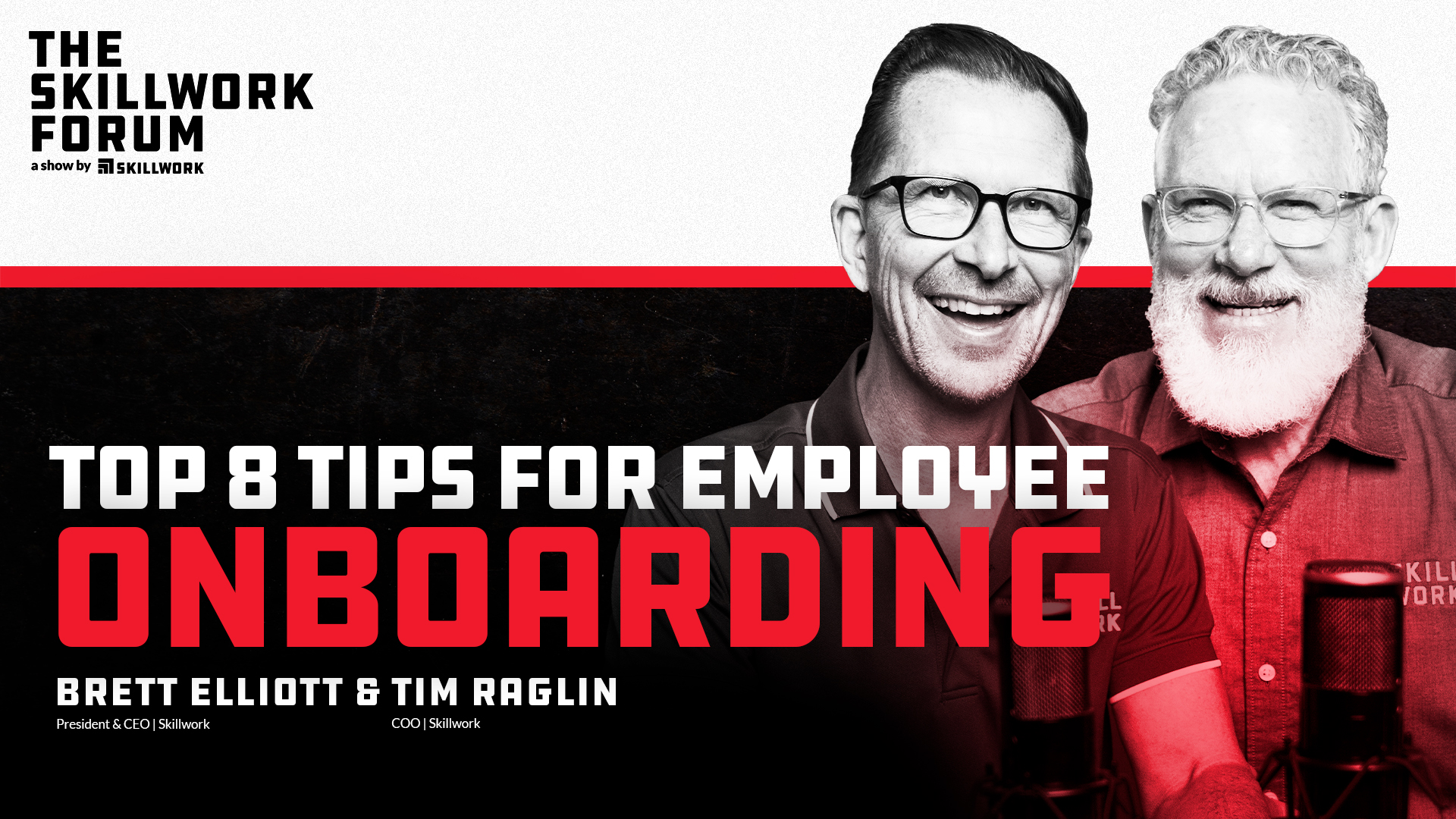What Manufacturing Metrics Are You Measuring, And Why Do They Matter?

A recent article by NetSuite manufacturing software listed the 73 best manufacturing KPIs (key performance indicators) to measure in a manufacturing space. In this episode, we focus on manufacturing metrics that matter, which really break down into three categories: people, performance, and profit.
If what you're measuring doesn't impact one of those three P’s, why are you measuring it? Is it just data overload? You need to know the “why” behind each manufacturing leading indicator and what impact it has on the overall operation to determine whether it’s worth tracking.
Manufacturers should be leveraging real-time data that help them make informed decisions and take proactive steps to address any issues that arise. Now, let’s jump into discussing some top manufacturing KPIs.
Manufacturing Metrics That Matter
People KPIs
You’ve probably heard it said that your people (employees) are your most important asset. We agree with that, but how do you measure it? Two people-centric manufacturing metrics that matter are safety and turnover.Safety
You could measure culture and employee satisfaction, but one of the top manufacturing KPIs is safety (i.e., the number of accidents per the number of employees you have over time). Safety metrics include the number of days without an incident, the number of safety training sessions conducted, and the frequency of safety inspections
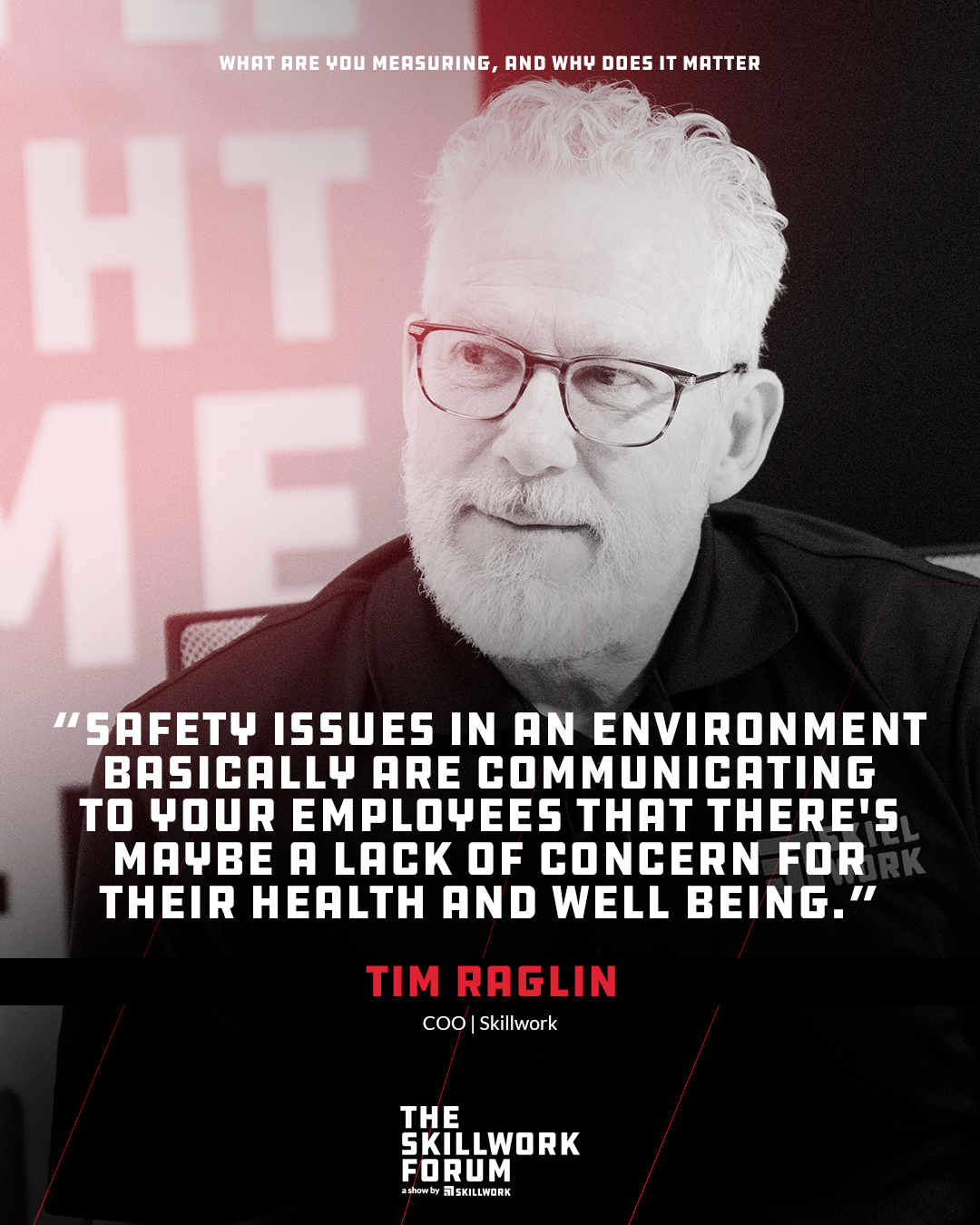
Turnover
Another people metric to measure is your turnover rate. The calculation for turnover rate is the number of departures (voluntary or involuntary) in a given period divided by the average number of employees in that same period times one hundred. The employee turnover rate benchmark in manufacturing is about 40%. To reduce turnover and improve employee retention, you need a plan in place for employees to receive the training and skills necessary to continue to evolve in their careers.
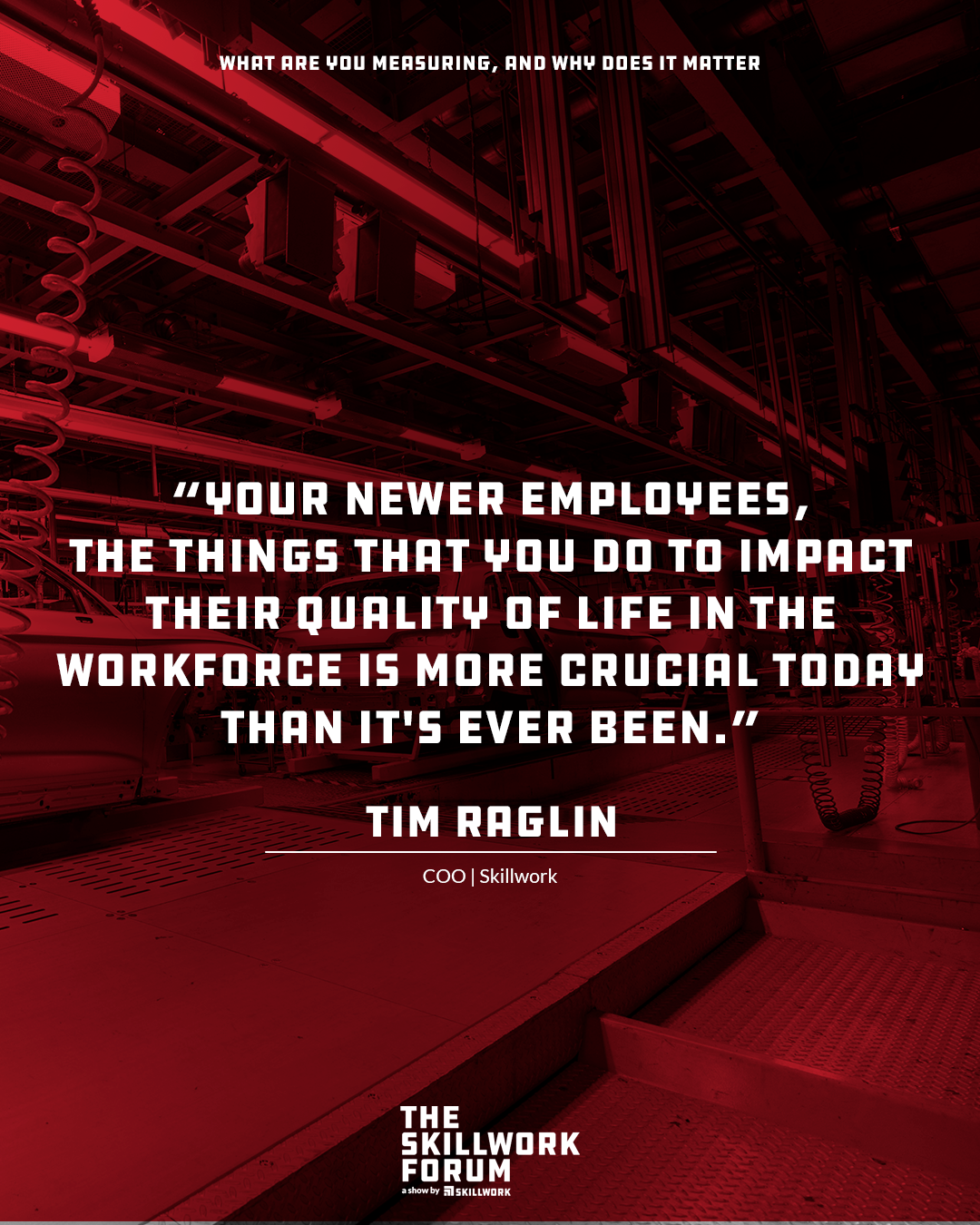
If you’re struggling with employee turnover, we can help you get the skilled workers you need today. Contact Skillwork to schedule an obligation-free consult call to learn how we can help right-size your staff and grow your business.
Now that we’ve looked at a couple of people manufacturing metrics that matter, let’s move on to performance.
Performance KPIs
The thing in the manufacturing world that probably gets more attention than anything is performance. You can start measuring manufacturing performance by tracking overall equipment effectiveness (OEE), downtime, and throughput.
Overall equipment effectiveness
OEE is a metric used to measure how effective a piece of gear is in a manufacturing facility. It takes into account three factors: availability, performance, and quality. When multiplied, these factors give you the percentage of time your plant is productive. By measuring OEE in real-time, manufacturers can quickly identify issues and take corrective action to prevent downtime and improve performance.
Production downtime
Production downtime (planned and unplanned) measures how long a factory's production lines aren’t operating during a specified time frame. Downtime has a large effect on plant performance. It’s a loss of valuable production time due to equipment failure, maintenance, or other factors. As a result, downtime can severely impact a company's bottom line if not controlled.
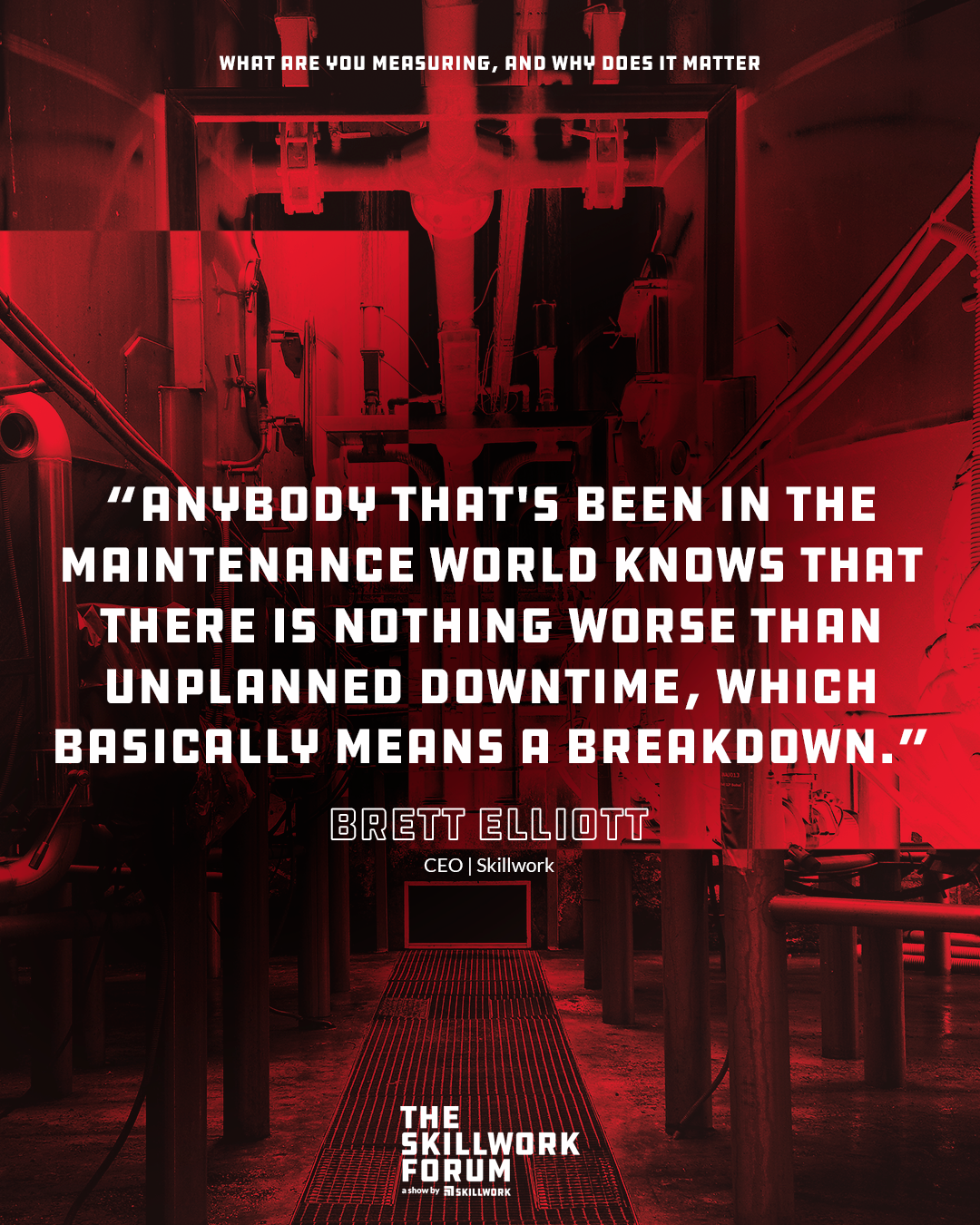
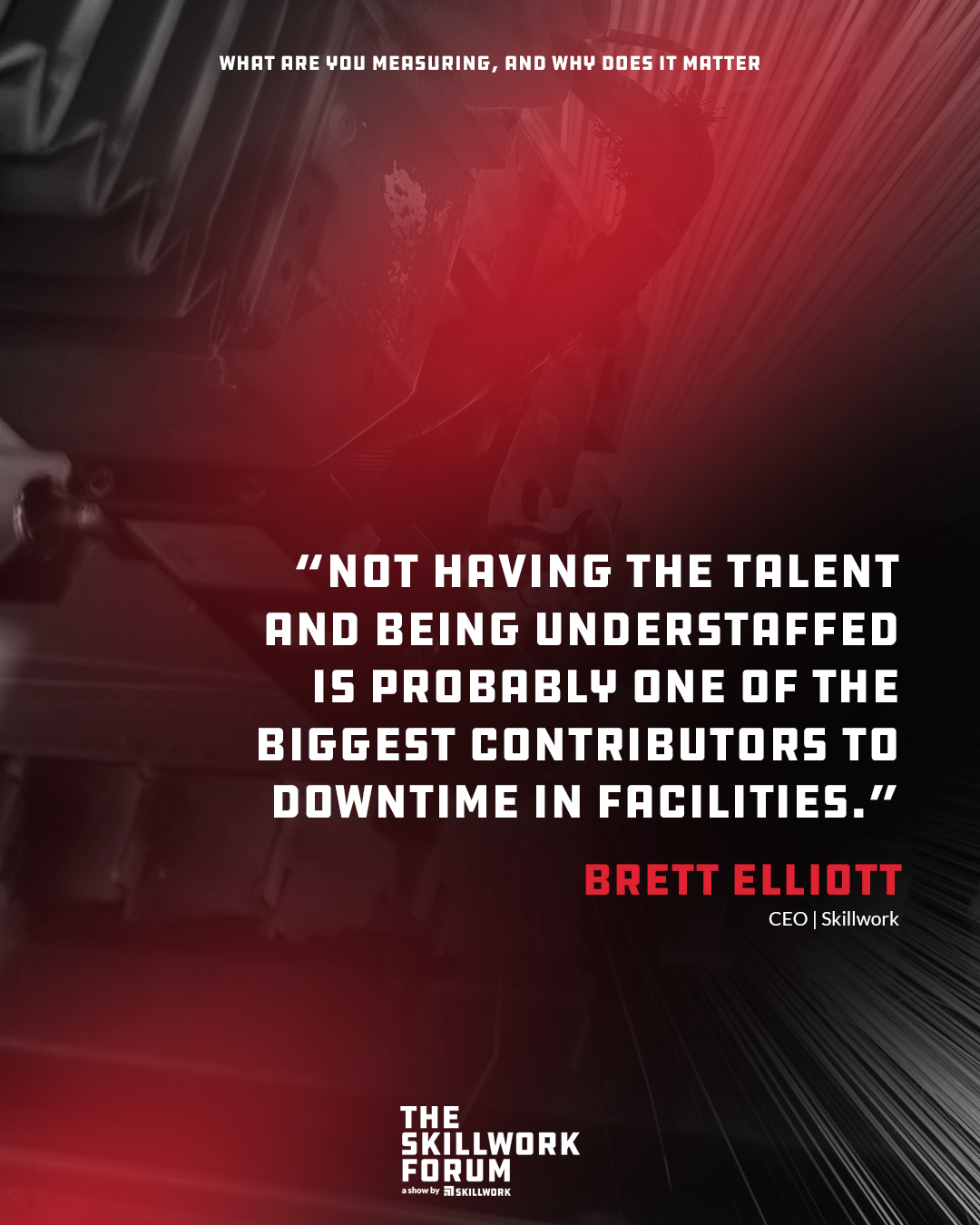
Throughput
Throughput measures the amount of product a manufacturing facility produces in a given time frame. Manufacturers need to maximize throughput to meet customer demands and remain competitive. By analyzing and optimizing production processes, manufacturers can increase throughput and improve overall performance.
As you look at these manufacturing productivity metrics, you can start eliminating choke points or bottlenecks in the facility and identify where you can bring in automation technology to become more efficient.
Profit KPIs
At the end of the day, your people and performance drive profit, and businesses need to be profitable to survive. Therefore, manufacturers should also track financial KPIs like:
- Gross and net profit margin: How much are you making after considering costs?
- Working capital: How much liquidity do you have for day-to-day operations?
- Debt to equity ratio: How much do you have to finance yourself as a company owner using equity versus debt?
By doing so, manufacturers can ensure they make smart investments and manage costs effectively.
The point of this is: What are the manufacturing metrics that matter? What ultimate question are you trying to answer that will help drive your organization, improve the quality of life for your employees, and give you a competitive advantage?
Don't measure everything, measure the right things, whether it be efficiency or cost or profitability or compliance. It's far less important to measure everything than it is to measure the right thing. Taking a data-driven approach to operations allows you, the manufacturer, to work on the business, not in the business.
Thanks for joining us for another episode of The Skillwork Forum!

